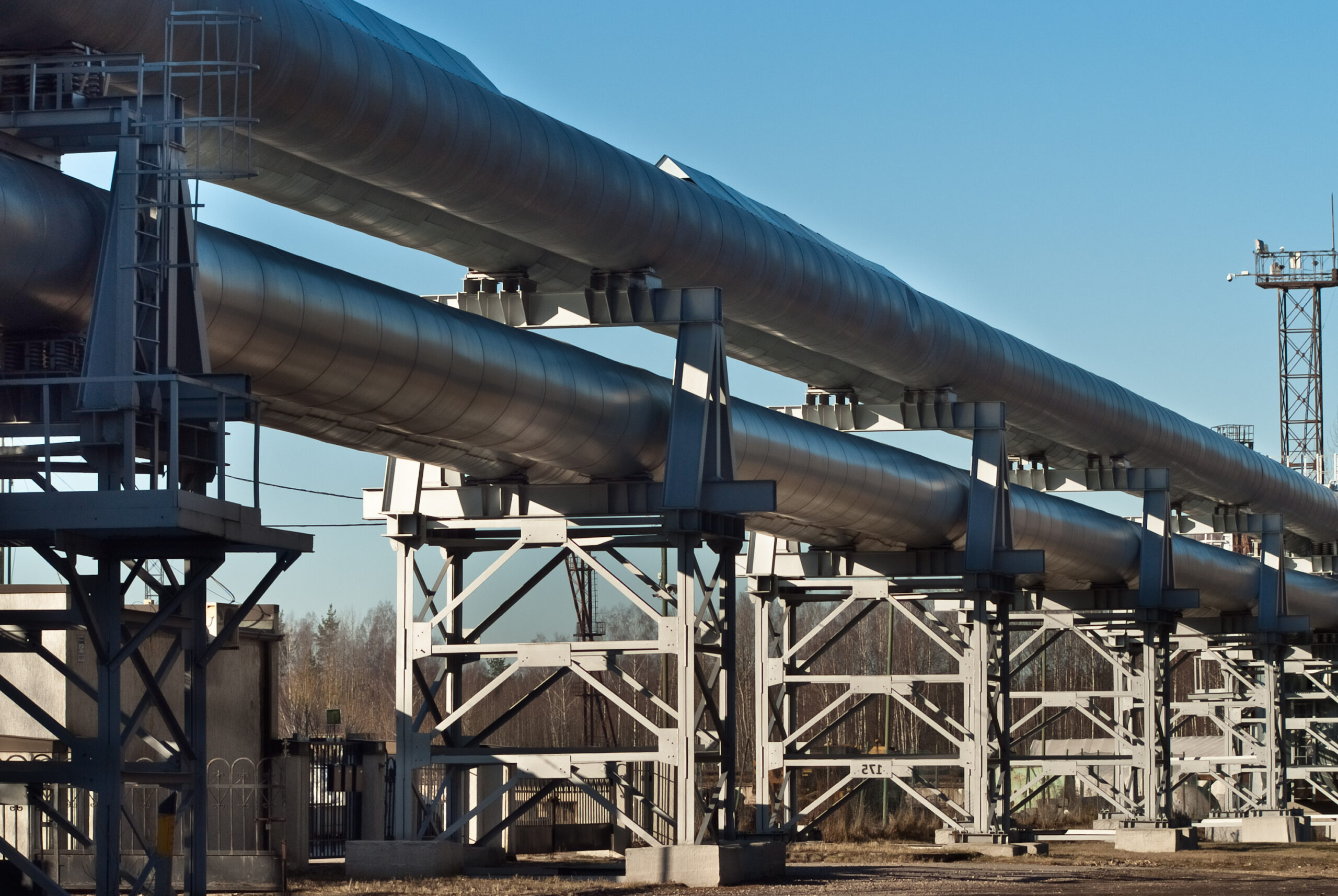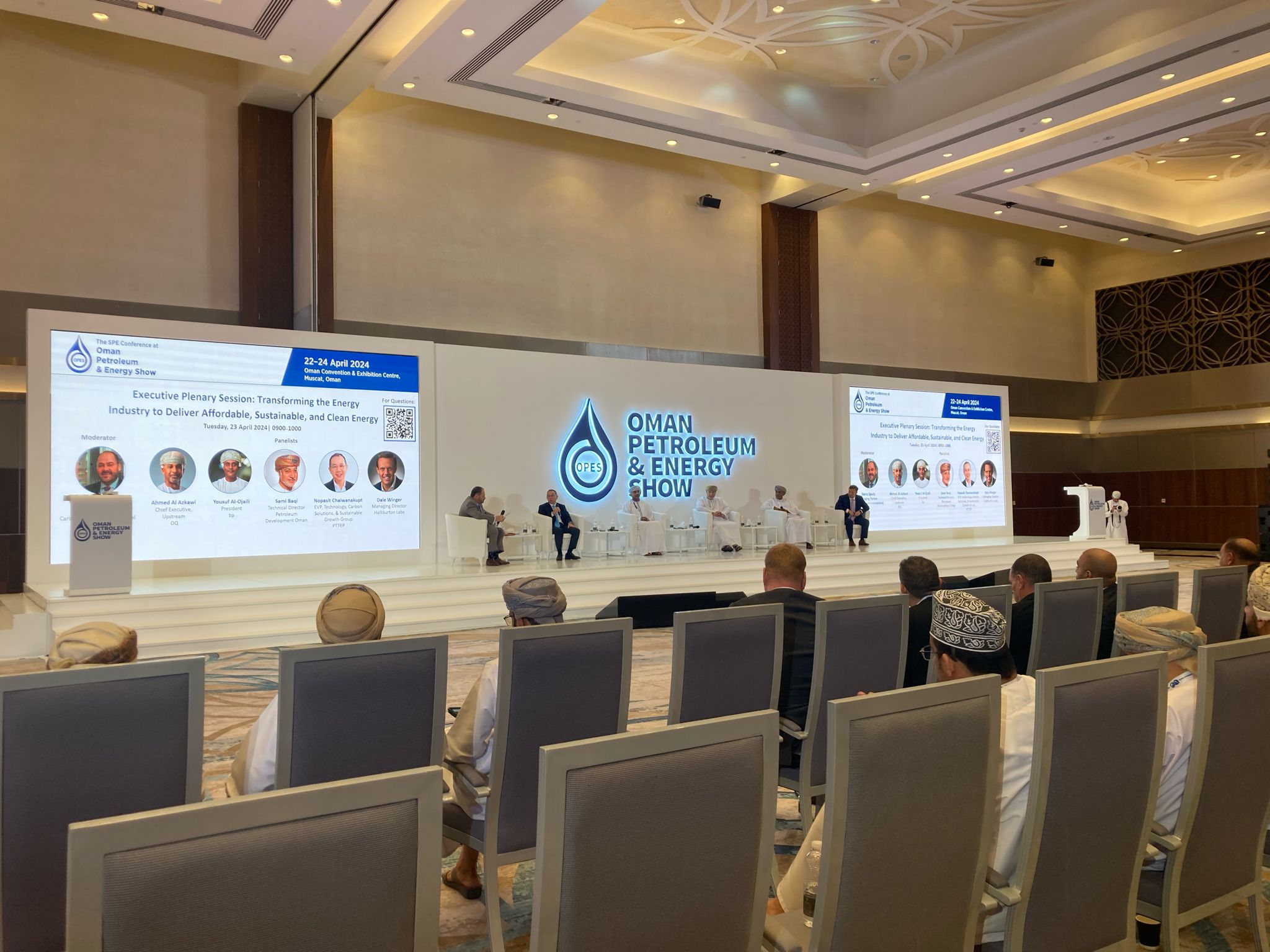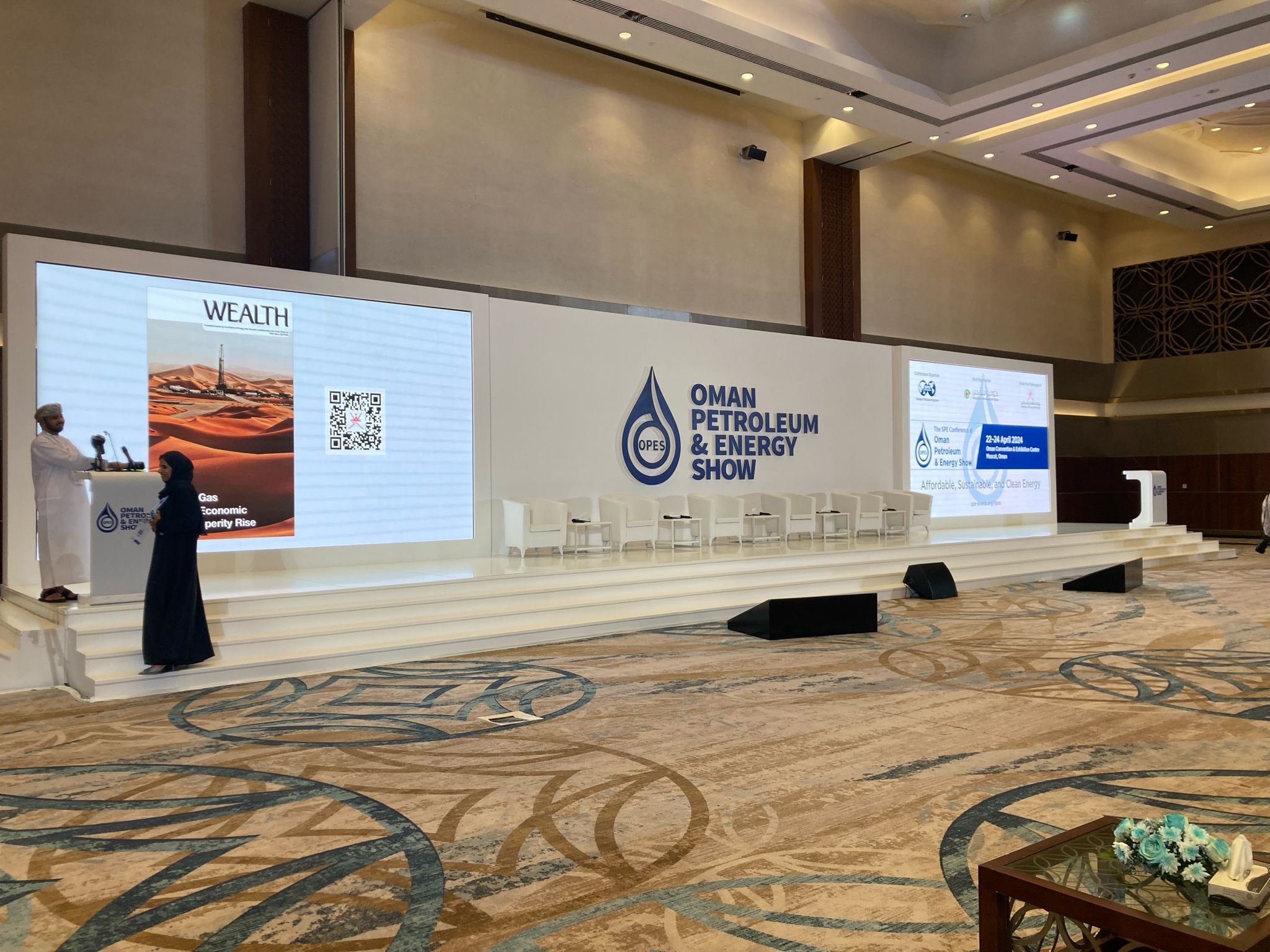Chile green hydrogen puts nation in energy vanguard
Chile’s green hydrogen plans and renewable energy potential position it as a significant exporter of the fuel to markets including Europe.

Green hydrogen is off to an early start in Chile, where a handful of companies are starting to leverage vast renewable energy potential to build up local and international markets for the emerging carbon-free resource and its derivatives.
Still in its technical and commercial infancy, green hydrogen is split from water using an electrolyser powered by renewable energy. It is considered a cornerstone of the global transition away from fossil fuels, and Chile is well-positioned to become a low-cost supplier, according to experts at a recent green hydrogen conference in the Chilean capital of Santiago.
Hydrogen itself is a well-established industrial feedstock, but current global production of around 100,000,000 t/yr is almost all the “grey” kind derived from fossil fuels. As newer hydrogen applications such as transport and power generation mature, the global market is expected to grow sevenfold by 2050, with the green variety accounting for 60%-80% of the total, abating a cumulative 80 gigatonnes of CO2, according to Paulo Alvarenga, South America CEO of German engineering giant thyssenkrupp.
Part of this future supply will likely come from Chile, whose renewable energy potential capacity far exceeds local demand. This mismatch positions the South American country to supply future importers like Europe that have far lower renewable energy potential and huge potential consumption, according to Achim Stuible, energy, economics and hydrogen projects director at German engineering firm Fichtner, which sponsored the conference. Chile could produce green hydrogen for as little as $1/kg in 2030, according to U.S. consultancy McKinsey.
Despite Chile’s advantages, its fledgling energy resource still faces enormous technical and commercial challenges, such as maritime logistics and supply chain bottlenecks for electrolysis equipment and associated minerals like nickel. For Chile in particular, the main EU market for green hydrogen is a long-haul shipping destination, implying higher costs compared with nearshore future suppliers in the Middle East. And developing commercial conditions for green hydrogen will require a big jump in carbon taxes and the removal of fossil fuel subsidies, experts say.
Overcoming supply hurdles
Nonetheless, three projects in Chile are showing early promise in the race to establish demand and overcome supply hurdles.
GasValpo, a Chilean gas distributor controlled by Japan’s Marubeni, launched South America’s first green hydrogen production, injection and distribution project in November 2022. The company is currently expanding a pilot blending project in its 55.7-kilometer distribution network in the Coquimbo region north of Santiago that serves more than 2,000 customers. By the end of April, two 2.4 kW electrolysers that it has been using to blend around 3.5% green hydrogen will be replaced by a larger 150 kW electrolyser from India that will enable the company to reach a 20% blend in 2025. The growing volumes of green hydrogen are replacing part of the gas that GasValpo receives from GNL Quintero, Chile’s main LNG import terminal on the central coast.
The project could become a model for 2030, when Chile plans to adopt a blending mandate for gas distributors. In a legislative bill that Chile’s previous administration presented to the congress in November 2021, gas distributors would be required to start blending green hydrogen or other sustainable gaseous resources such as biomethane into their distribution networks starting in 2030. The proposed mandate would create a domestic market of at least 10,000 tonnes per year of green hydrogen, according to the legislative proposal.
GasValpo deputy manager Jorge Matamala told conference delegates that the company’s Japanese investor was instrumental in spearheading the blending initiative. Japan, a major fossil fuels importer, is expected to become one of the world’s leading green hydrogen importers in the future.
Further north in the industrial port city of Mejillones, U.S. utility AES has just closed a ground-breaking open season for green hydrogen supply from a new plant adjacent to its Angamos coal power station. The company plans to produce 1,000 kg/day of green hydrogen, equivalent to 2.5MW of power. The facility will feature two green hydrogen-charging stations designed to supply heavy truck fleets that primarily serve the local copper mining industry. The green hydrogen will be produced through solar-powered electrolysis and desalinated water, which Angamos already produces. AES declined to disclose the names of bidders or the number of bids it received, but judging by the extensive consultations that the company published, interest was brisk.
Green hydrogen e-fuels
A third example of progress lies in the deep southern region of Magallanes. In December 2022, Chilean company HIF Global launched a demonstration plant to produce synthetic fuels, or e-fuels, derived from green hydrogen and carbon dioxide from the atmosphere, using electrolysis powered by wind turbines. In March, the company shipped a first nominal cargo of 2,600 litres to German carmaker Porsche, one of its strategic partners, in the UK.
Other HIF partners include Italy’s Enel, which will provide the wind energy to the project; German engineering firms Siemens, a provider of electrolysis equipment; Chile’s state-owned oil company Enap, which has traditional oil and gas drilling operations in Magallanes; and ExxonMobil, which is providing its methanol-to-gasoline technology. HIF plans similar e-fuels projects in the U.S. state of Texas and in Australia.
The headwinds that HIF has experienced in Chile shed light on the broader challenges facing the development of green hydrogen around the world. In October 2022, for example, HIF and Enel withdrew their application for an environmental permit to develop the $500 million Faro del Sur wind farm associated with the e-fuels project, after government agencies raised what the firms perceived as “exceptional” observations that exceeded normal standards. A revised application has yet to be filed.
Another potential obstacle is how the project will obtain the CO2 it needs to make the e-fuels, experts consulted by Gas Outlook say. There are no big industries in Magallanes that could supply it, and direct-air capture is still a hugely expensive and technically challenging endeavour. HIF Global told Gas Outlook that it is sourcing the CO2 for the existing pilot plant from the fermentation process of a local beer distillery.
Other companies such as Total Eren that plan to develop green hydrogen projects in Magallanes are likely to focus on production of green ammonia, a derivative of green hydrogen that would be easier to ship to markets abroad, says Erwin Plett, CEO of Low Carbon Chile and a board member of Chile’s green hydrogen chamber H2 Chile. Cooled into a liquid state on its own, green hydrogen is considered technically difficult and very costly to ship.
Despite the challenges ahead, Plett highlights unprecedented cooperation between Chile’s government and the private sector to build up a green hydrogen market, a robust regulatory framework and incentives to prod developers to put plans into action.



